Toy Film Museum
- Highlight
- A hands-on museum where visitors can handle equipment and enjoy silent movies and the projection equipment that made them run
A Kyoto machiya house alive with movies and animation
Before the 1930s, movies were shot in 35mm and were silent. Aided by the combustibility (fragility) of film back then, once talkies took over, nearly all the outmoded silent movies were lost forever. However, back in their heyday, after being shown, the best scenes of such silent movies were cut out, canned and sold in the toy sections of department stores, and a very small number of those clips still exist. Back then, families enjoyed such clips at home on hand-cranked tin projectors, or toy projectors. And, although running times are short (30 seconds to 3 minutes), these valuable clips fill a void in the prewar history of Japanese film. This museum has sought out these clips, restored them and now puts them to use as a historical message to future generations. Some 900 clips, including samurai flicks (chanbara), animations and newsreels, have been prsevered, and visitors can view those that have been digitalized. The museum also has some 400 16-millimeter films and some 200 mini projectors.
The museum hall stages planned exhibitions and silent movie showings as well as talks by film researchers, with the aim of bringing film lovers and film culture together.
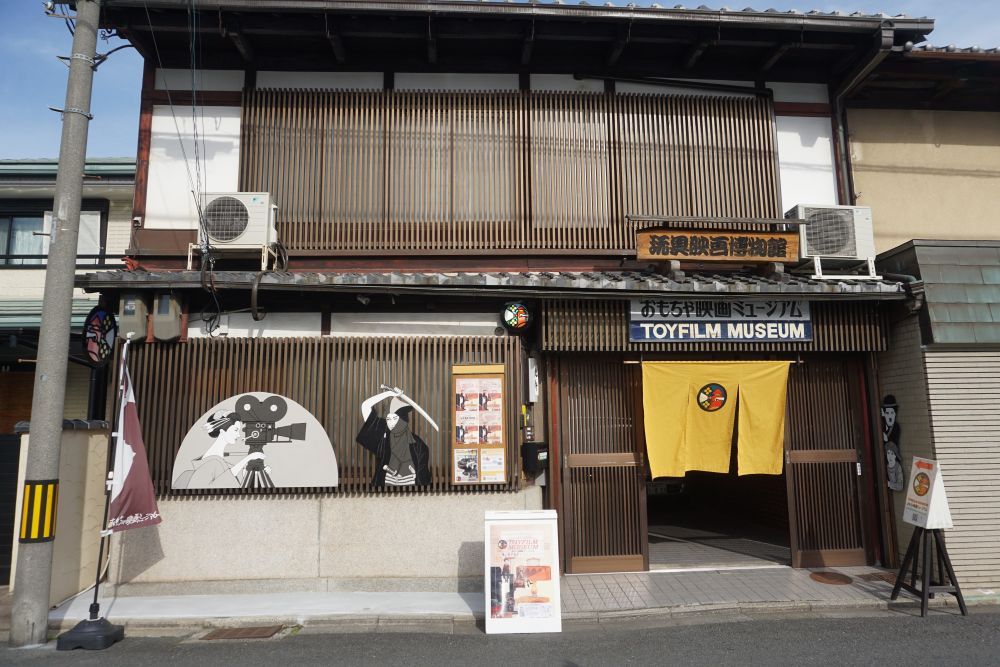
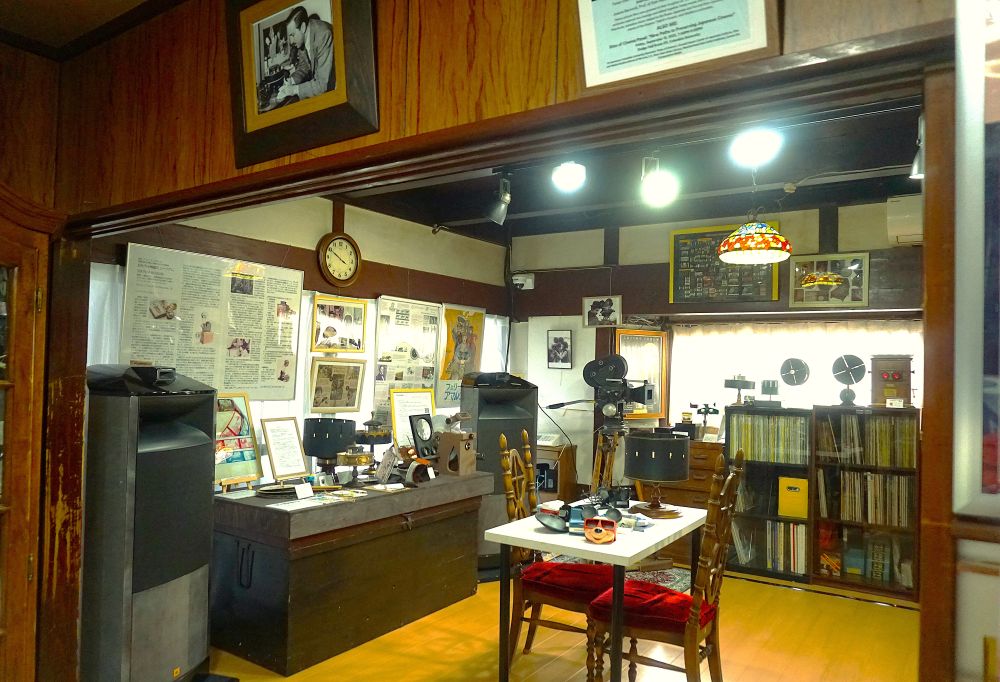
What is a “toy film”?
| Address | 758 Bishamoncho, Kuromon-dori, Motoseiganji-shita, Kamigyo-ku, Kyoto |
|---|---|
| TEL | 075-496-8008 |
| URL | https://toyfilm-museum.jp |
| Hours | 10:30~17:00 |
| Closed | Tue,Wed,Thu |
| Adm | High school students upward ¥1,000, Junior high school students ¥600, Elementary school students and younger Free, (Special events and workshops, etc., Charged) |
| Access | An 18-min walk from Subway Karasuma Line Imadegawa Stn/An 4-min walk from Ichijo Modoribashi/Seimei Shrine-mae/ Imadegawa Omiya Stop of City Bus |
Facilities near by
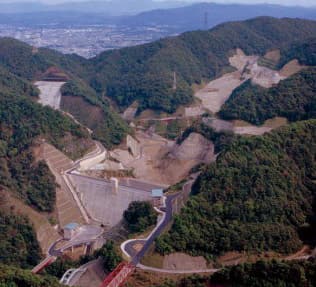
Kyoto eastern landfill site (Ecoland Otowa-no-mori)
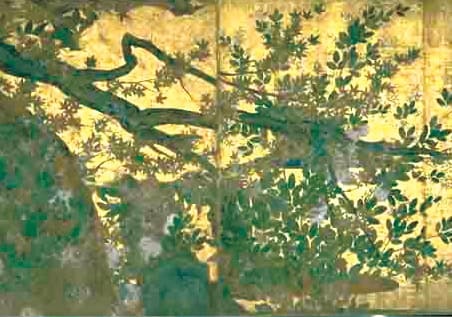
Chishaku-in Temple Treasure House and Garden
A temple where the arts of the Momoyama period can be feasted upon
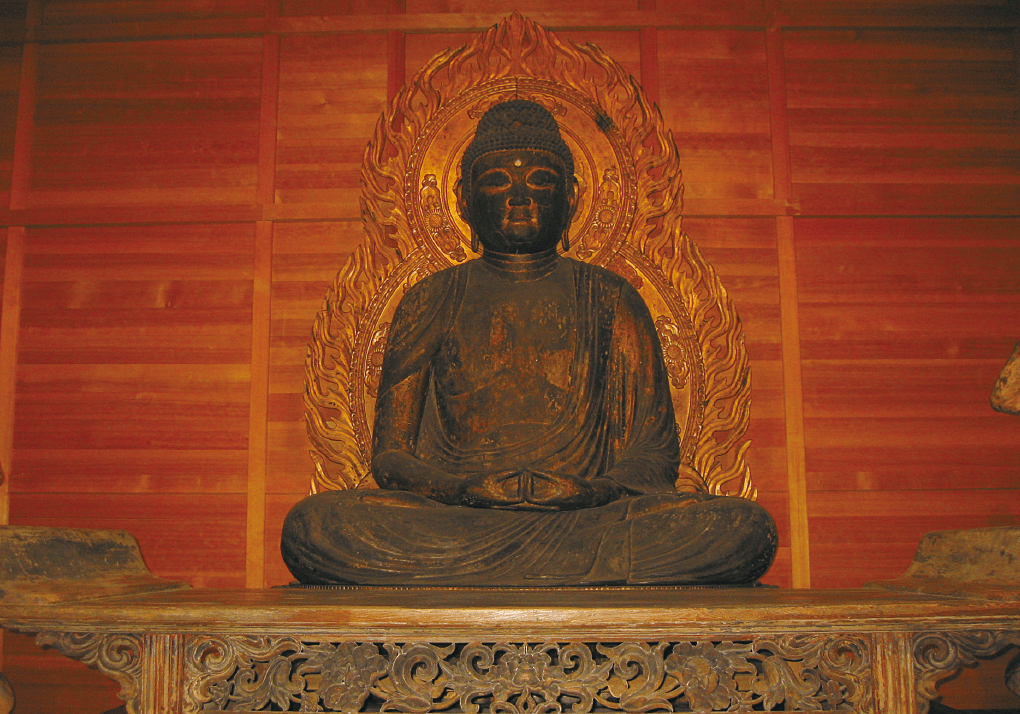
Tofuku-ji Temple – Head Temple of Rinzai Sect
Treasures that have survived repeated fires to reach us today
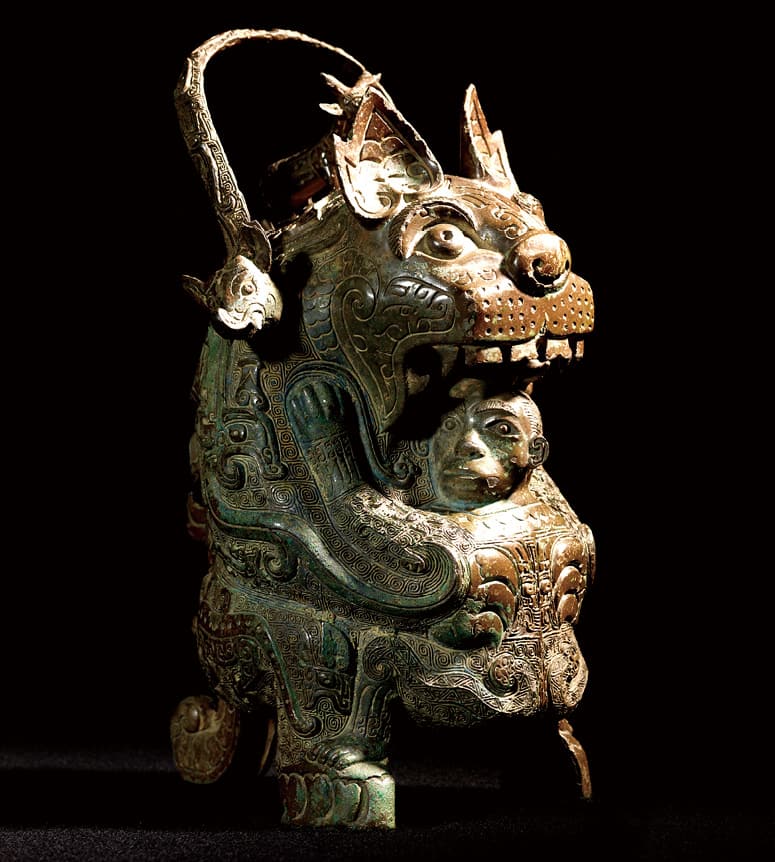
SEN-OKU HAKUKOKAN MUSEUM “Sumitomo Collection”
A highly proclaimed bronze ware collection

